Personalized email marketing has evolved from simple first-name tokens to sophisticated, micro-targeted campaigns that resonate on an individual level. Achieving true micro-targeting requires a nuanced understanding of data segmentation and the ability to craft dynamic content that adapts in real-time. In this comprehensive guide, we explore advanced techniques to implement micro-targeted personalization effectively, ensuring your campaigns deliver measurable results and foster long-term customer loyalty.
Table of Contents
- Understanding Data Segmentation for Micro-Targeted Personalization
- Designing Dynamic Email Content for Precise Personalization
- Automating Micro-Targeted Email Campaigns with Advanced Technologies
- Testing and Optimizing Micro-Targeted Email Personalization
- Overcoming Challenges and Ensuring Scalability
- Practical Example: Step-by-Step Implementation of a Micro-Targeted Email Campaign
- Final Insights: Linking Micro-Targeted Personalization to Broader Marketing Objectives
1. Understanding Data Segmentation for Micro-Targeted Personalization
a) How to Collect and Integrate Customer Data Sources (CRM, Web Analytics, Purchase History)
The foundation of micro-targeted personalization is robust, high-quality data. Begin by establishing an integrated data ecosystem that consolidates Customer Relationship Management (CRM) systems, web analytics platforms, and purchase history databases. Use APIs and ETL (Extract, Transform, Load) processes to automate data ingestion, ensuring real-time or near-real-time updates. For instance, leverage tools like Segment or mParticle to unify disparate sources into a single Customer Data Platform (CDP), enabling a 360-degree view of each customer.
Actionable step: Set up a data pipeline using tools like Talend or Apache NiFi to regularly import CRM data, web analytics (via Google Analytics or Adobe Analytics), and purchase logs into your CDP. Implement data validation rules to maintain accuracy and completeness, such as verifying email addresses or standardizing demographic fields.
b) Techniques for Creating Granular Segments Based on Behavioral and Demographic Data
Moving beyond broad segments (e.g., age or location), employ machine learning clustering algorithms—like K-Means or hierarchical clustering—to identify behavioral patterns. For example, segment users into groups such as “Frequent Buyers with High Cart Value” or “Occasional Browsers Who Abandon Carts.” Use R or Python scripts integrated into your data pipeline to automate segment creation based on attributes like browsing time, clickstream sequences, or past purchase frequency.
| Segment Criteria | Example | Application |
|---|---|---|
| Purchase Recency | Bought within last 30 days | Send re-engagement offers |
| Browsing Behavior | Viewed product pages >3 times | Show personalized product recommendations |
| Demographic Info | Age: 25-34 | Tailor offers relevant to age group |
c) Best Practices for Maintaining Data Privacy and Compliance in Segmentation Processes
Prioritize privacy by complying with regulations such as GDPR, CCPA, and LGPD. Use data anonymization techniques—mask identifiers or aggregate data where possible—and obtain explicit consent for data collection, especially for sensitive information. Maintain transparent privacy policies and provide easy opt-out options. Regularly audit your data handling processes and ensure encryption during data storage and transmission to prevent breaches.
“Always treat customer data as a trust asset. Proper segmentation depends on clean, compliant, and ethically obtained data to prevent legal issues and preserve brand reputation.”
2. Designing Dynamic Email Content for Precise Personalization
a) How to Use Conditional Content Blocks in Email Templates
Implement conditional logic within your email templates using advanced email service providers (ESPs) like Mailchimp, SendGrid, or Braze. Use their built-in syntax to embed conditions that display or hide content blocks based on subscriber attributes or behavior. For example, in Mailchimp’s merge tags, you can write:
*|IF: PURCHASE_HISTORY = 'High Value'|* to target high-spenders.
Ensure your segmentation data is synchronized with your ESPs to enable accurate conditional rendering.
Best practice: Design modular email templates with distinct content blocks for different segments. Use placeholders and conditional tags to assemble the final email dynamically, reducing template complexity and streamlining updates.
b) Implementing Real-Time Data Feeds to Update Email Content Dynamically
Leverage APIs to fetch real-time data from your CDP or external sources at the moment of email open. Use tools like AMPscript (for Salesforce Marketing Cloud) or dynamic content APIs (for SendGrid) to embed live data such as current stock levels, latest blog posts, or personalized countdown timers. For example, embedding a real-time stock level:
{{product.stock_level}} pulled from your backend.
Ensure your email infrastructure supports dynamic content rendering and test the latency impact on email load times.
c) Developing Personalized Product Recommendations Based on User Behavior
Use collaborative filtering algorithms—such as matrix factorization or nearest-neighbor methods—to generate personalized recommendations. Integrate these algorithms into your backend or recommendation engine, which processes user interaction data (clicks, views, purchases). Pass the top-ranked products via API to your email templates. For example, recommend “Customers who viewed X also bought Y,” tailored to individual browsing history.
| Recommendation Type | Implementation Detail | Example |
|---|---|---|
| Collaborative Filtering | Matrix factorization algorithms processed server-side | “Recommended for You” section based on similar users |
| Content-Based Filtering | Use item features and user preferences | Personalized gift suggestions based on browsing history |
d) Case Study: Crafting Personalized Event Invitations Using Behavioral Triggers
Imagine an online learning platform that tracks user engagement with webinars and courses. When a user completes a free trial or shows interest in a specific topic, trigger an automated email inviting them to an upcoming event tailored to their interests. This involves setting up behavioral triggers within your automation platform, like “User viewed Course X 3+ times in last 7 days,” which then dynamically populates the email with relevant event details, personalized greeting, and a registration link.
Key success factors include precise trigger setup, real-time data feeding, and compelling personalized content that reflects user activity.
3. Automating Micro-Targeted Email Campaigns with Advanced Technologies
a) Step-by-Step Setup of Automated Workflows for Segmented Audiences
Start by defining clear segmentation criteria—e.g., recent purchasers, cart abandoners, or high-value customers. Use marketing automation platforms like HubSpot, Marketo, or Braze to create workflows triggered by specific user actions or attributes. For example, set a trigger: “Customer made a purchase in the last 14 days,” then branch the workflow into personalized follow-up sequences.
Implement conditional delays, such as waiting 24 hours post-purchase before sending a cross-sell offer, ensuring timing aligns with customer behavior.
- Identify Trigger Event: e.g., purchase, website visit, or milestone.
- Define Segments: based on data attributes.
- Create Email Templates: with dynamic content blocks.
- Set Automation Rules: to send targeted emails when triggers occur.
- Test Workflow: simulate triggers and review email rendering.
b) Leveraging AI and Machine Learning for Predictive Personalization
Integrate AI-driven tools like Salesforce Einstein, Adobe Sensei, or custom ML models into your data pipeline. These models analyze historical interaction data to predict future behaviors—such as churn risk or next purchase—enabling preemptive personalization. For example, a predictive model might identify users likely to abandon their cart, prompting an automated, personalized discount offer before cart abandonment occurs.
Key implementation steps include training models on historical data, deploying APIs for real-time scoring, and embedding predictions into email content through your ESP’s dynamic fields.
“Predictive personalization shifts the focus from reactive to proactive marketing—delivering the right message before a customer even realizes they need it.”
c) Integrating Customer Data Platforms (CDPs) for Unified Personalization Triggers
A CDP serves as the nerve center for unified customer data, enabling seamless activation of personalization triggers across channels. Use platforms like Segment, Tealium, or Treasure Data to collect, unify, and segment customer data in real-time. These platforms support event-based triggers—such as “User added to VIP list” or “High engagement in last 7 days”—which can activate email workflows automatically.
Ensure your CDP integrates smoothly with your ESPs and automation platforms via APIs or pre-built connectors to facilitate instantaneous personalization actions.
d) Troubleshooting Common Automation Pitfalls in Micro-Targeted Campaigns
Common issues include data mismatches, delayed trigger executions, and personalization errors. To troubleshoot:
- Verify Data Synchronization: Ensure your data pipelines refresh frequently and correctly pass data to your automation platform.
- Test Trigger Conditions: Use test profiles to simulate user actions and confirm workflows activate as intended.
- Check Content Rendering: Preview emails across devices and clients, especially dynamic blocks, to catch rendering issues.
- Monitor Automation Logs: Use platform logs to identify failed triggers or errors in personalization scripts.
4. Testing and Optimizing Micro-Targeted Email Personalization
a) How to Conduct A/B Tests on Content Variations Within Segments
Design experiments by creating multiple versions of your email with variations in subject lines, CTA placements, or dynamic content blocks. Use your ESP’s A/B testing tools to split your audience within a specific segment, ensuring randomization and statistically significant sample sizes. For example, test two different product recommendation layouts to determine which yields higher click-through rates.
Set clear success metrics—such as open rate or conversion rate—and run tests over a sufficient period to gather meaningful data. Use multivariate testing for complex content variations.
b) Measuring Engagement Metrics Specific to Micro-Targeted Content
Beyond basic opens and clicks, analyze micro-engagement signals such as time spent on dynamic content sections, scroll depth, and interaction with personalized recommendations. Implement event tracking within your email to



